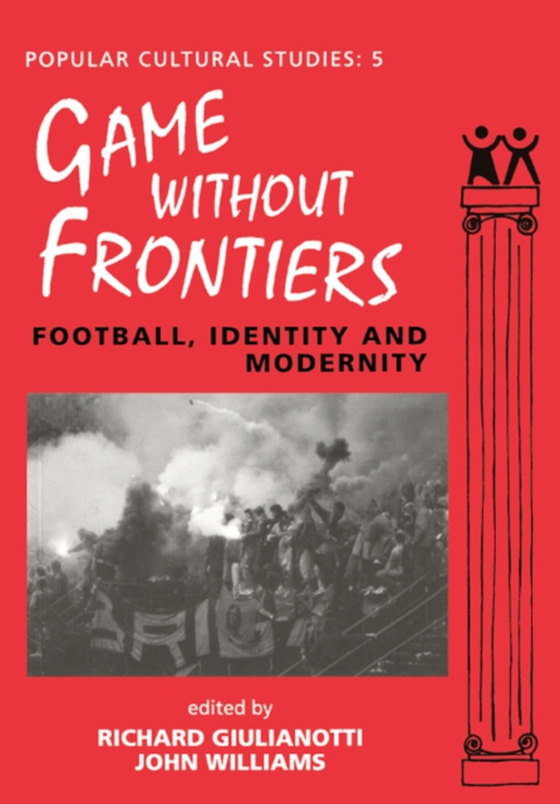
Games Without Frontiers e-bog
473,39 DKK
(inkl. moms 591,74 DKK)
What is the historical appeal of football? How diverse are its players, supporters and institutions throughout the world? What are its various traditions and how are these affected by pressures to modernize In what ways does the game help to reinforce or overcome social differences and prejudices? How can we understand football's subcultures, especially football hooligan ones? The 1994 World Cu...
E-bog
473,39 DKK
Forlag
Routledge
Udgivet
29 september 2017
Længde
356 sider
Genrer
JF
Sprog
English
Format
epub
Beskyttelse
LCP
ISBN
9781351934992
What is the historical appeal of football? How diverse are its players, supporters and institutions throughout the world? What are its various traditions and how are these affected by pressures to modernize In what ways does the game help to reinforce or overcome social differences and prejudices? How can we understand football's subcultures, especially football hooligan ones? The 1994 World Cup Finals in the United States have again demonstrated the conflicts which exist around football over its international future. The multi-media age beckons new audiences for top-level matches, but worries remain that the historical and cultural appeal of football itself may be the real loser. The global game has a breadth of skills, playing techniques, supporting styles and ruling bodies. These are all subject to local and national traditions of team play and fan display. Modern commercial influences and international cultural links through players and fan styles, are accommodated within the game to an increasing extent. Yet, football's ability to differentiate remains: at local, regional, national and even continental levels. In some cases the game's traditions ensure that these differences are becoming as oppositional today as is modern football hooliganism. But, the overall picture is one of a game without frontiers - rich in historical and cultural detail, pluralistic in its traditions and identities. This volume brings together essays by leading academics and researchers writing on world football. Their studies draw on interdisciplinary researches in England, Scotland, France, Italy, Germany, Austria, Argentina and Australia. The book will be of interest to students of sports science, cultural studies and social science and to all those who simply enjoy football as the world's greatest sporting passion.
 Dansk
Dansk

